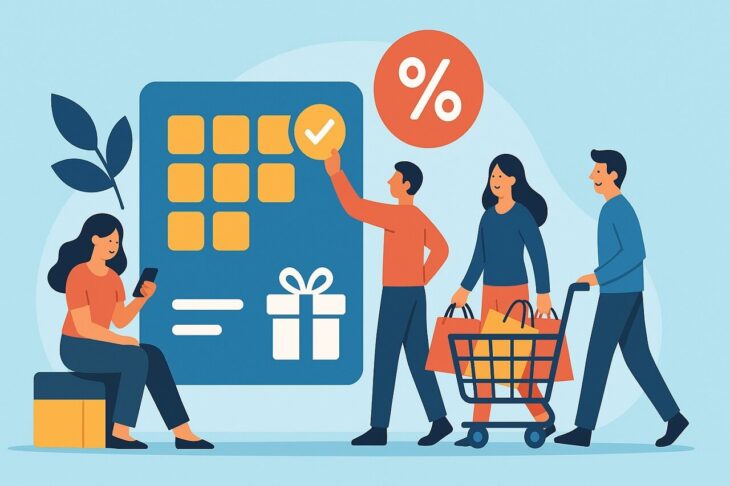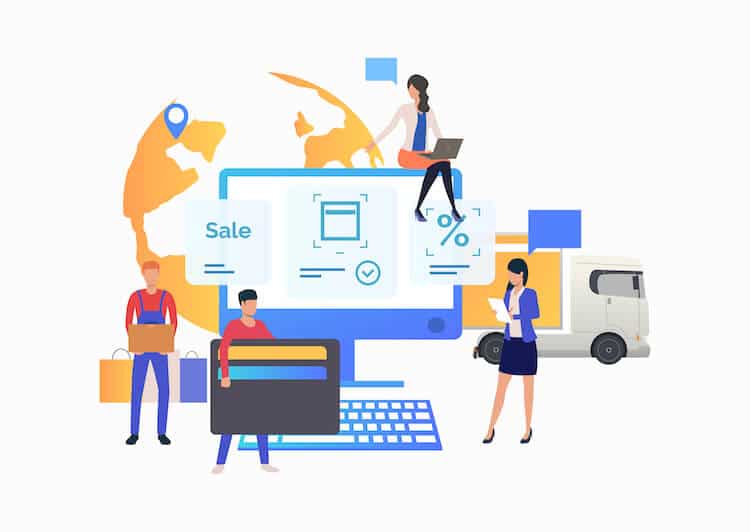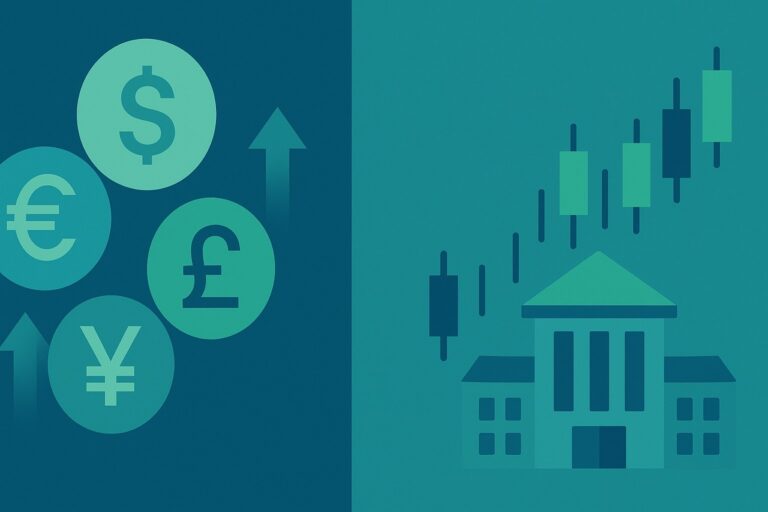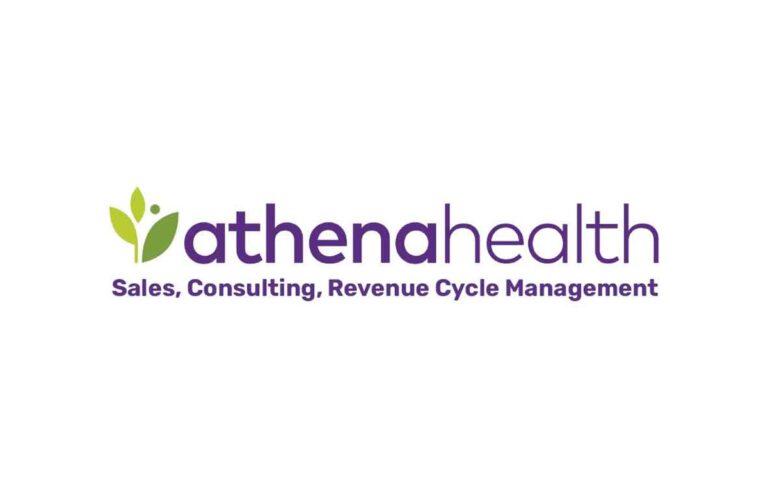Repeat purchases drive profitability, and customer retention often outweighs the cost of acquiring new ones.
Loyalty programs help stretch customer lifetime value while turning satisfied buyers into vocal brand advocates.
The following sections break down seven effective tactics to make loyalty efforts work harder.
Table of Contents
Toggle1. Design a Simple, Tiered Loyalty Program Structure
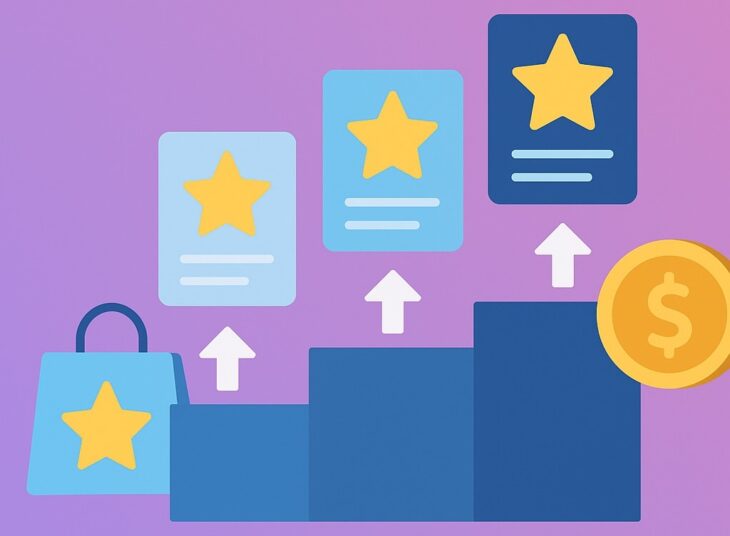
A successful loyalty program starts with clarity. Customers should recognize the value they receive without needing to decode complicated rules.
A tiered system creates a natural incentive to continue spending.
Progression-based structures, such as bronze, silver, and gold, introduce hierarchy in a way that taps into behavioral psychology.
People respond to progress, and each level feels like an accomplishment.
Gamification builds on that sense of movement. When customers see their status improve or unlock new benefits, their engagement increases.
A well-designed loyalty structure mirrors a game, encouraging users to play along with a sense of advancement.
To make it work, the structure must remain easy to follow. Complexity causes hesitation. Simplicity removes friction.
Leading platforms like Rivo and DevRev use tiered systems to drive motivation.
Altcraft emphasizes how critical it is to keep rules transparent and easy to digest.
Key features of an effective tiered loyalty structure include:
- Clear levels: Bronze, Silver, Gold tiers with defined thresholds
- Reward transparency: Know exactly what benefits come with each level
- Visible progress: Customers should easily track how close they are to the next tier
- Basic gamification: Badges, unlocked perks, and visual cues signal achievement
- Immediate rewards: Even entry-level members should receive value instantly
With a system that’s easy to comprehend and rewarding to engage in, customers feel motivated to return. Loyalty becomes a habit, not a chore.
2. Use Loyalty Data to Improve Customer Retention
Loyalty programs reveal what customers value.
Analyzing several metrics opens windows into behavior. We are talking about metrics such as:
- Customer lifetime value (CLV)
- Net Promoter Score (NPS)
- Churn rates
- Redemption frequency
DevRev stresses the importance of tracking ROI and adjusting incentives based on performance.
If one perk leads to more redemptions and return visits, it deserves more promotion. Low-performing incentives can be reworked or replaced.
Data insights from loyalty programs also benefit broader marketing.
Patterns around preferred communication times, types of offers, or segment-specific trends can guide everything from email campaigns to pricing experiments.
Integration with customer relationship management systems (CRMs), email platforms, and purpose-built loyalty tools unlocks scalability and personalization.
Partnering with a Magento website agency like Amasty, known for its robust Magento 2 extensions and custom loyalty integrations, ensures your tech stack is optimized for growth.
3. Personalize the Loyalty Experience

Personalization transforms a generic rewards program into a tailored experience. Customers expect recognition based on how they interact with a brand.
Personal touches send a message that their preferences, behaviors, and shopping history are being considered.
Behavioral segmentation lays the foundation. Brands like Rivo categorize users by purchasing patterns, product categories browsed, frequency of engagement, and more.
Appier adds layers with data-driven targeting that enhances communication strategies.
Effective personalization goes beyond name drops. It introduces relevant suggestions and reminders that feel timely and helpful.
Post-purchase experiences become more compelling when the follow-up matches the customer’s interest.
Examples of personalized loyalty strategies include:
- Product suggestions based on browsing or purchase history
- Refill or restock reminders for consumables or seasonal items
- How-to tutorials tailored to purchased items
- Birthday or milestone rewards that acknowledge customer life events
- Targeted emails with exclusive offers based on individual buying trends
Even subtle adjustments, like sending an email during the customer’s usual shopping window, improve results.
Showing customers that their patterns are noticed creates loyalty through relevance.
People who feel seen are more likely to engage again. A well-crafted loyalty experience encourages ongoing interaction and deeper brand connection.
4. Offer Time-Based and Exclusive Perks

Creating urgency compels customers to act. Time-based perks create a countdown effect in the mind; there’s something to lose if they wait too long.
Limited windows make offers feel more valuable, and people are less likely to procrastinate when there’s a deadline.
Exclusivity adds weight. When access is restricted to VIP members or specific tiers, people work harder to qualify.
It creates a sense of status and belonging. Brands like Rivo and DevRev focus heavily on exclusive offers as a motivator.
FOMO-driven campaigns intensify engagement. Fear of missing out triggers emotional responses that lead to faster decision-making.
Customers return more often, not wanting to miss a new reward or access event.
Examples of time-sensitive and exclusive perks include:
- Limited-time discounts or flash offers
- VIP-only early access to product launches or seasonal sales
- Birthday gifts or surprise rewards that feel personal
- Short-term double points events to boost activity
- Secret offers revealed only to high-tier members
Such perks aren’t just about the reward, they’re about how customers feel receiving them.
Recognition and urgency combine to make interactions more meaningful and action-driven.
5. Integrate Loyalty Programs with Technology
Technology drives the backbone of an efficient loyalty program. Manual tracking and outdated systems can’t deliver the seamless experience today’s customers expect.
Integration with customer relationship management systems (CRMs), email platforms, and purpose-built loyalty tools unlocks scalability and personalization.
Automation handles repetitive work without dropping the ball. Rivo and DevRev advocate for this shift, using software to deliver consistent value without requiring constant oversight.
Klaviyo and Postscript are strong platforms for communicating loyalty messages directly, tied to customer behavior.
Automation and analytics improve timing. For example, reminders after a cart is abandoned or re-engagement messages around refill cycles feel natural when timed well.
Appier demonstrates how predictive analytics powers relevance.
To integrate technology effectively, brands should include:
- Trigger-based messaging based on customer actions, like purchases or inactivity
- Reward notifications tied to cart status or loyalty point thresholds
- Integrated dashboards tracking behavior, redemption rates, and tier progression
- Cross-channel consistency using email, SMS, and in-app alerts
- Feedback loops using data to adjust campaigns based on engagement trends
Real-time updates and accurate targeting replace guesswork. Personalized, scalable experiences become easier to deliver across larger audiences.
6. Reward More Than Just Purchases

Focusing only on transactions limits a program’s full potential. Loyalty extends far past the checkout page.
Customers interact with brands in various ways, and each touchpoint is a chance to recognize and reinforce loyalty.
Non-purchase actions often carry long-term value. Leaving a review, referring a friend, attending a virtual event, or sharing a product on social media helps spread brand visibility and trust.
DevRev and Rivo highlight how rewarding these moments drive participation and strengthens relationships.
When loyalty becomes part of the entire brand experience, customers engage more frequently and with higher enthusiasm.
Building a community around the brand requires rewarding contribution, not just consumption.
Engagement opportunities worth rewarding include:
- Social media shares that boost visibility and reach
- Product reviews that offer social proof to other buyers
- Referrals that turn loyal customers into brand advocates
- Survey completions that improve internal feedback loops
- Participation in events like webinars, in-store activations, or product launches
Platforms like Appier encourage building referral programs with clear rewards for both referrers and invitees.
People are far more likely to advocate when there’s an incentive attached.
Celebrating customer involvement, in all its forms, builds a stronger emotional tie.
A broader definition of loyalty nurtures a brand-aligned community that returns often, interacts consistently, and brings others with them.
7. Promote and Communicate the Program Effectively

Even great programs fall flat if nobody knows about them. Awareness drives enrollment, and communication sustains usage.
Rivo warns that many loyalty efforts underperform simply due to poor visibility.
Promotion should happen across all channels:
- On-site banners
- Emails
- SMS
- Product packaging
- In-store
Every touchpoint becomes a reminder. Customers should always know how many points they have, how far they are from the next tier, and what benefits are upcoming.
Clear, consistent communication keeps the program top of mind and gives users reasons to return.
The Bottom Line
Loyalty programs thrive on continuous improvement.
Strategies that combine automation, personal attention, and emotional touchpoints outperform those left on autopilot.
Now’s the time to rethink what works, cut what doesn’t, and turn customers into repeat buyers with every touchpoint.
